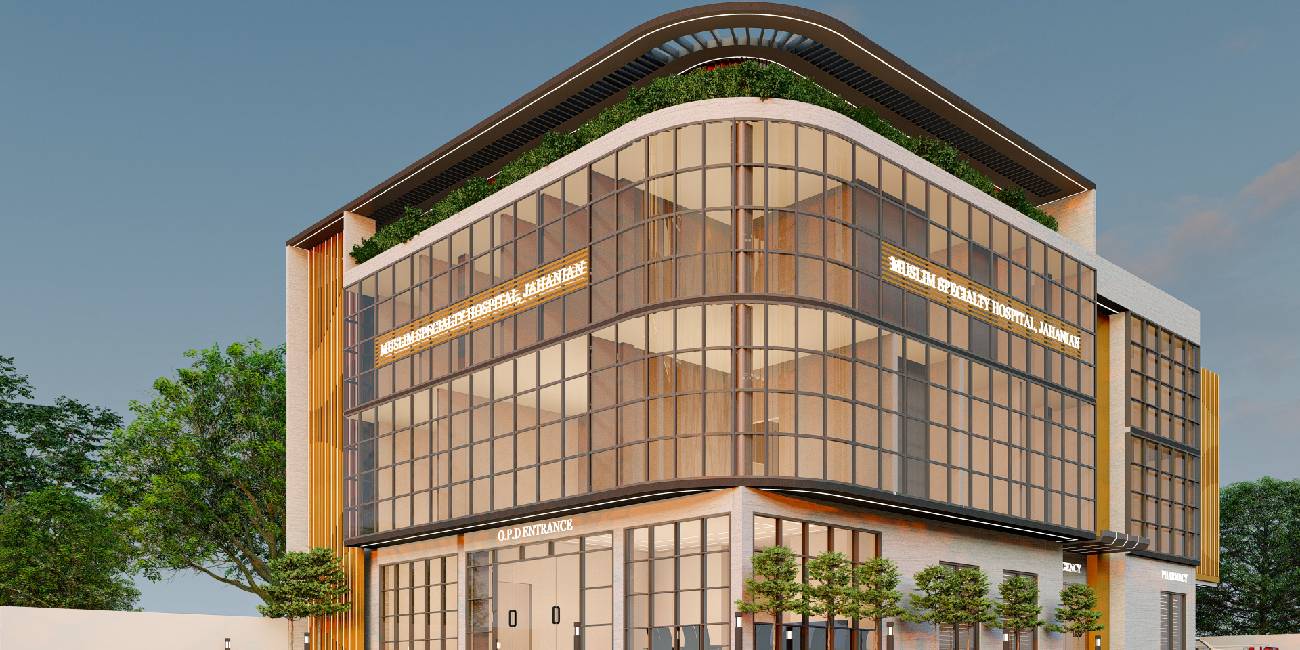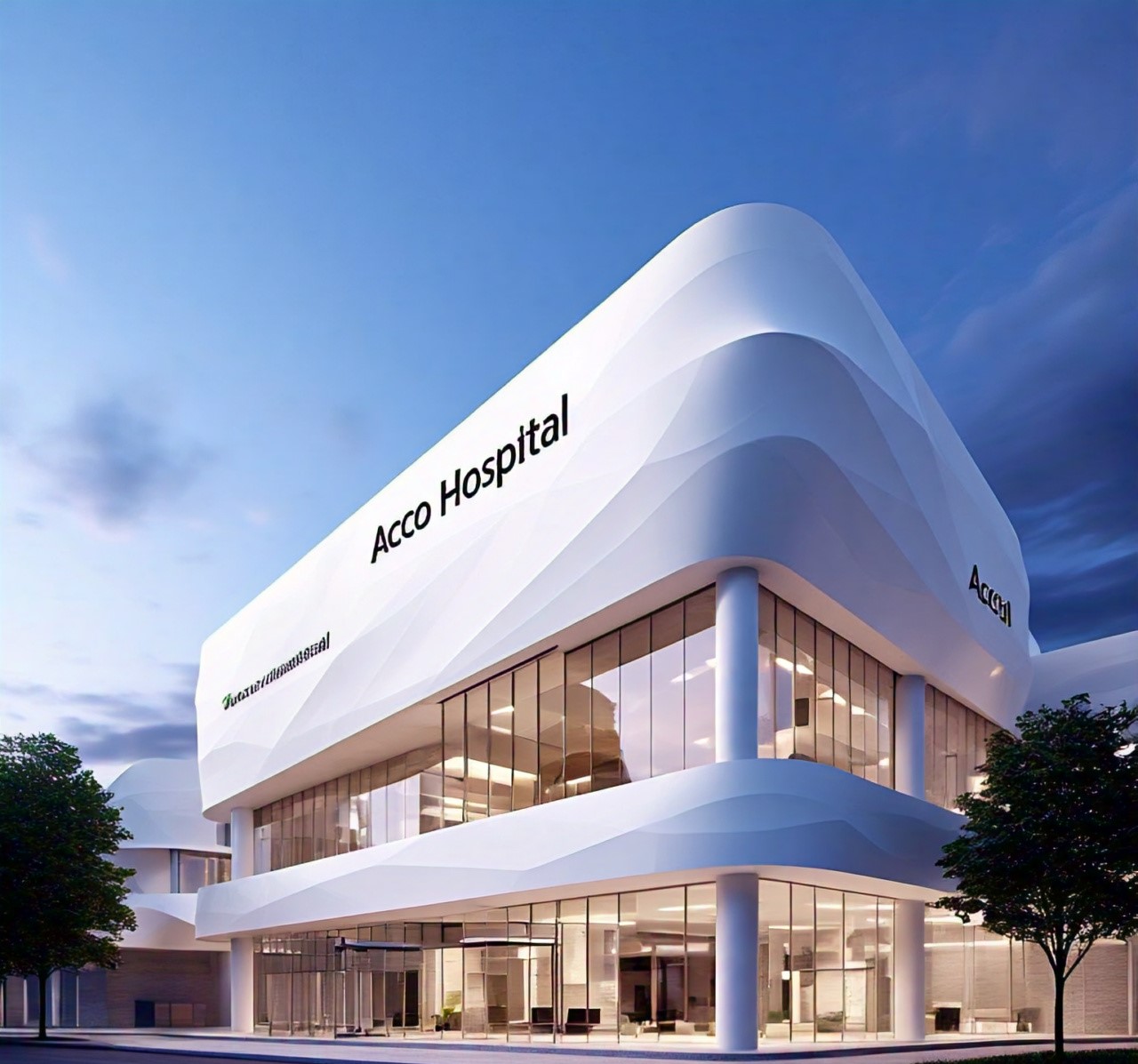
HOSPITAL DESIGN HUB Top Hospital Design Solutions in Iran: Enhancing Patient Care
Top Hospital Design Solutions in Iran: Enhancing Patient Care
Hospital design in Iran is evolving to meet the growing demands of modern healthcare while ensuring that patient care remains at the forefront. The following top hospital design solutions are transforming healthcare facilities across the country, focusing on improving patient outcomes, enhancing comfort, and integrating cultural and technological advancements.
1. Patient-Centered Architecture
Key Solution: Designing hospitals with the patient’s experience in mind is crucial for improving both care and comfort. Patient-centered architecture involves creating spaces that promote healing, reduce stress, and offer a welcoming environment.
- Private Patient Rooms: To ensure privacy and reduce the risk of infection, hospitals are increasingly moving toward private or semi-private patient rooms. These rooms often include space for family members, recognizing the role of family in patient recovery.
- Healing Environments: Use of natural light, soothing color schemes, and views of nature to create a calming environment that supports mental and physical healing.
- Intuitive Layouts: Hospitals are designed with clear, intuitive layouts to minimize patient stress and confusion, ensuring that patients and visitors can easily navigate the facility.
2. Cultural Sensitivity in Design
Key Solution: Incorporating cultural norms and values into hospital design is essential in Iran, where considerations like gender segregation and religious practices are important.
- Gender-Sensitive Areas: Designated areas for men and women, including separate waiting rooms, wards, and consultation spaces, to respect cultural norms while ensuring patient comfort.
- Prayer Spaces: Including prayer rooms that are easily accessible and thoughtfully designed to accommodate religious practices, enhancing the spiritual well-being of patients and their families.
- Culturally-Inspired Décor: The use of traditional Persian art, geometric patterns, and culturally significant color schemes in interior design to create a familiar and comforting environment for patients.
3. Integration of Advanced Technology
Key Solution: The integration of technology into hospital design is transforming patient care in Iran, making it more efficient and accessible.
- Smart Healthcare Systems: Hospitals are increasingly adopting smart building technologies that automate lighting, temperature control, and security, improving operational efficiency and patient comfort.
- Telemedicine Facilities: The inclusion of telemedicine rooms and technology-enabled consultation areas allows for remote care, which is especially beneficial in rural or underserved areas.
- Digital Wayfinding: Implementation of digital wayfinding systems and kiosks to help patients and visitors navigate complex hospital environments, reducing stress and improving the overall experience.
4. Sustainable and Energy-Efficient Design
Key Solution: Sustainability is becoming a priority in hospital design, with a focus on reducing environmental impact while enhancing patient care.
- Solar Energy Utilization: Installation of solar panels to reduce energy costs and reliance on non-renewable energy sources, ensuring a more sustainable operation.
- Water Conservation Systems: Incorporation of water-saving technologies, such as low-flow fixtures and greywater recycling, to manage water usage efficiently, crucial in Iran’s arid regions.
- Green Building Materials: Use of eco-friendly, locally sourced materials that not only reduce the carbon footprint but also align with traditional Iranian architectural aesthetics.
5. Flexibility and Future-Proofing
Key Solution: Designing hospitals with flexibility in mind allows them to adapt to changing healthcare needs and technological advancements without major disruptions.
- Modular Design Elements: Use of modular construction techniques that enable easy expansion or reconfiguration of spaces as healthcare demands evolve.
- Multi-Functional Spaces: Creating adaptable spaces that can serve multiple purposes, such as converting administrative areas into patient care units as needed.
- Scalable Infrastructure: Planning for scalable systems (e.g., HVAC, electrical) that can be upgraded or expanded to accommodate future technological advancements and increased patient volumes.
6. Focus on Mental Health and Well-Being
Key Solution: Design elements that support mental health and well-being are becoming a critical aspect of hospital design in Iran.
- Access to Nature: Incorporation of gardens, courtyards, and green spaces where patients, visitors, and staff can relax and recharge, promoting mental health and well-being.
- Quiet Zones: Designating areas within the hospital as quiet zones to offer patients a peaceful environment away from the hustle and bustle of clinical areas.
- Art and Music Therapy Spaces: Inclusion of spaces dedicated to art and music therapy, which are increasingly recognized as valuable components of holistic patient care.
7. Efficient Workflow Design
Key Solution: Optimizing the workflow within hospitals is essential for ensuring that healthcare providers can deliver care efficiently and effectively.
- Proximity to Critical Areas: Design hospital layouts so that critical areas, such as operating rooms, intensive care units, and emergency departments, are close to each other, minimizing the time needed to transport patients.
- Streamlined Logistics: Incorporation of streamlined logistics systems, such as automated supply delivery and waste disposal, to reduce the time and effort required for routine tasks, allowing healthcare providers to focus more on patient care.
- Centralized Nurse Stations: Design centralized nurse stations with clear lines of sight to patient rooms, enabling quicker response times and better patient monitoring.
8. Enhanced Infection Control Measures
Key Solution: With infection control being a top priority, modern hospital design in Iran incorporates advanced measures to prevent the spread of infections.
- Negative Pressure Rooms: Use of negative pressure rooms in isolation areas to contain airborne pathogens and prevent cross-contamination.
- Antimicrobial Surfaces: Installation of antimicrobial materials on high-touch surfaces, such as door handles and countertops, to reduce the risk of infections spreading within the hospital.
- Efficient Air Filtration Systems: Implementation of state-of-the-art air filtration and ventilation systems that ensure clean, sterile air throughout the hospital, critical for protecting vulnerable patients.
9. Community Integration and Accessibility
Key Solution: Hospitals are increasingly being designed to serve not only as medical facilities but also as community hubs that are accessible and welcoming to all.
- Community Health Services: Inclusion of spaces for community health services, such as vaccination centers, educational workshops, and wellness programs, fostering a stronger connection between the hospital and the surrounding community.
- Public Transportation Access: Ensuring that hospitals are easily accessible by public transportation, with well-designed entry points and clear signage, making it convenient for patients and visitors to reach the facility.
- Inclusive Design: Incorporating universal design principles to ensure that the hospital is accessible to people of all abilities, including ramps, elevators, and wayfinding systems for those with visual or hearing impairments.
10. Focus on Healthcare Workforce Well-Being
Key Solution: Supporting the well-being of healthcare workers is crucial for maintaining high standards of patient care. Hospitals in Iran are increasingly incorporating design elements that prioritize the health and comfort of their staff.
- Staff Lounges and Rest Areas: Providing comfortable, well-equipped lounges and rest areas for healthcare workers to take breaks and recharge during long shifts.
- Natural Light and Ventilation: Designing workspaces with ample natural light and good ventilation to create a healthier, more pleasant environment for staff.
- Access to Wellness Facilities: Inclusion of wellness facilities, such as gyms or meditation rooms, to support the physical and mental well-being of hospital staff.
Conclusion
Hospital design in Iran is increasingly focused on enhancing patient care through innovative solutions that blend modern technology, cultural sensitivity, and sustainability. By prioritizing patient-centered design, integrating advanced technologies, and ensuring flexibility and future-proofing, Iranian hospitals are setting new standards for healthcare facilities in the region. These design solutions not only improve patient outcomes but also create environments that are welcoming, efficient, and culturally resonant.
4o




